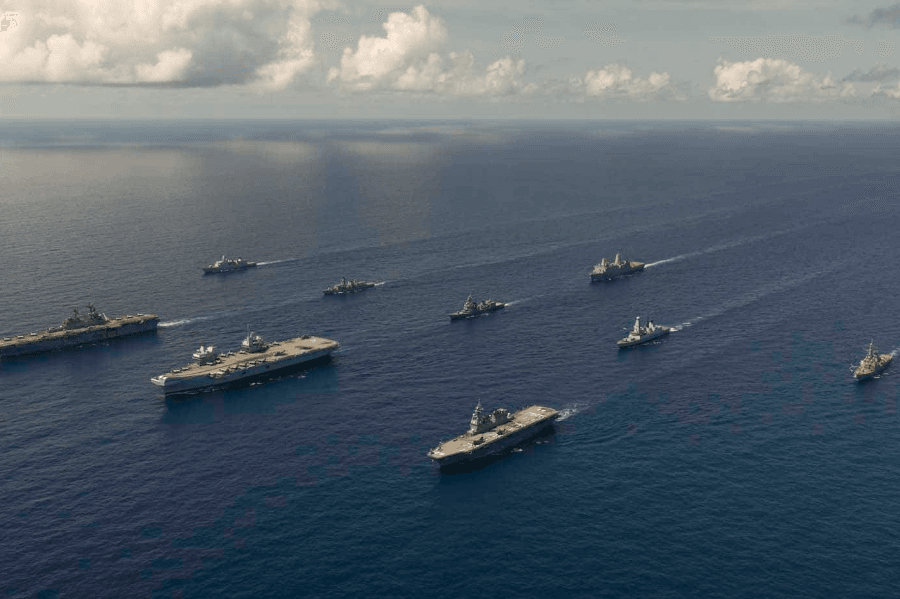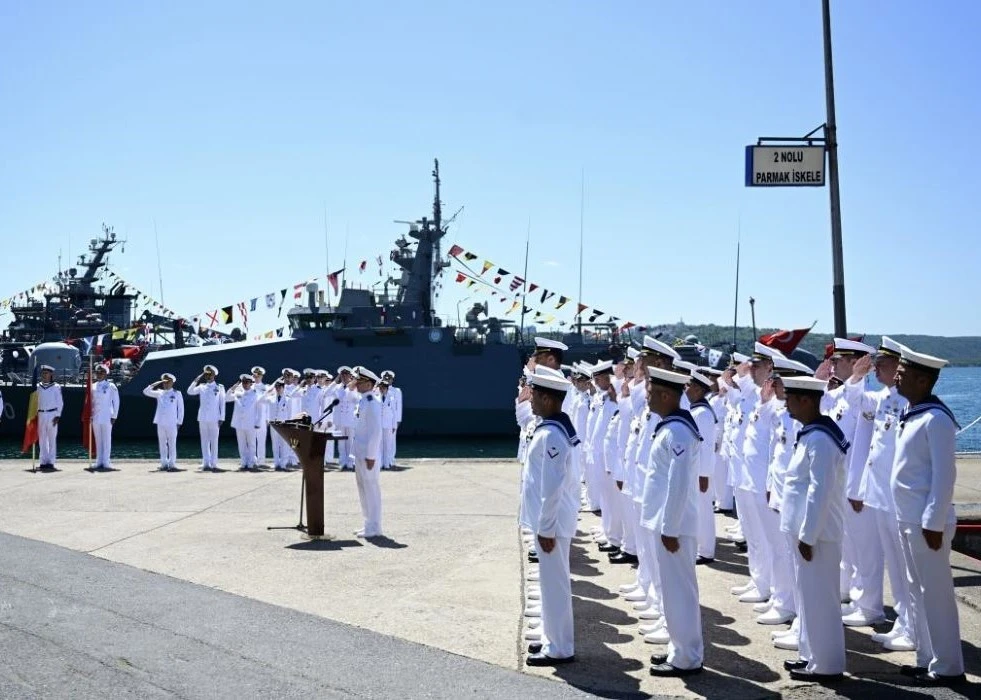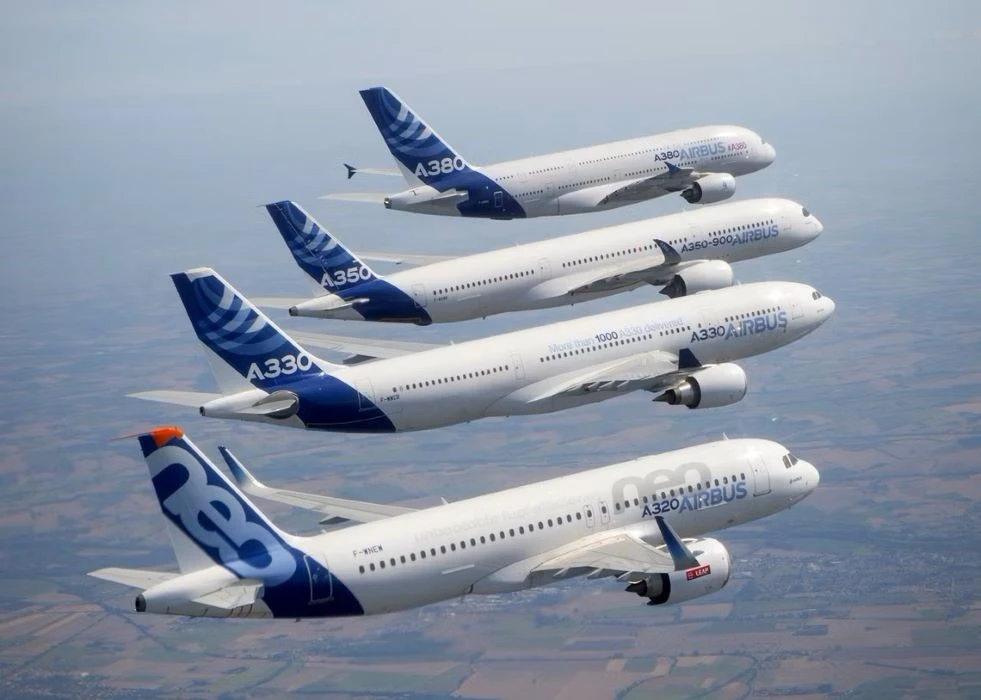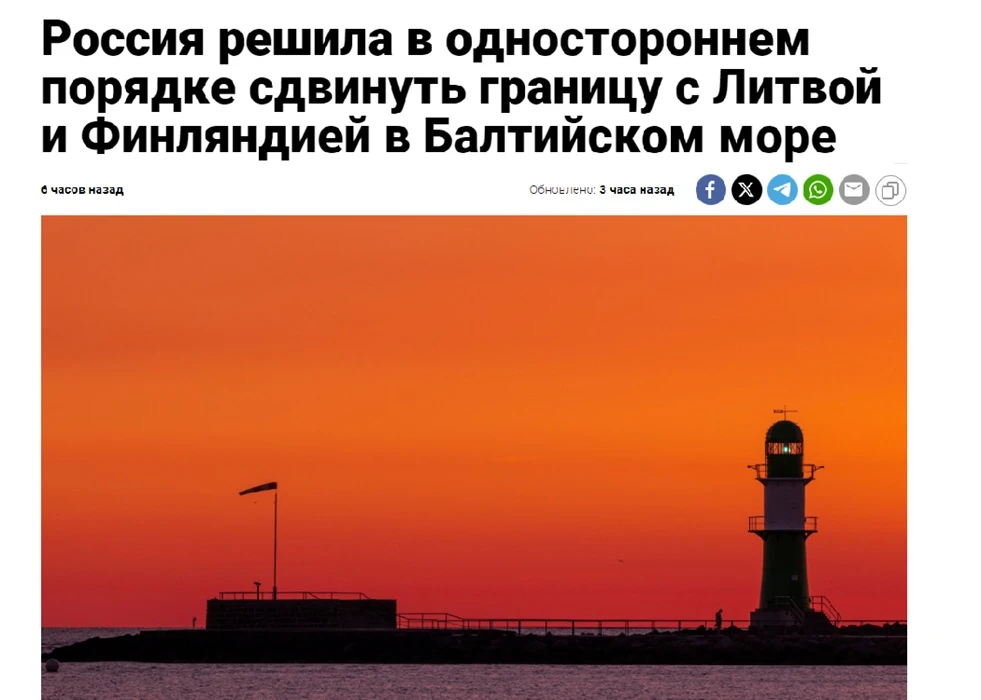While China boosted its footprint in the Pacific Ocean near Taiwan, a joint naval drill was scheduled to send a strong message to China. However, according to satellite images, Chine is ready to increase the tension.
This past weekend, three Western aircraft carrier strike groups and a Japanese helicopter carrier capable of deploying F-35Bs joined forces for a joint military drill near Okinawa. The fleet consisted of 17 ships from six different countries.
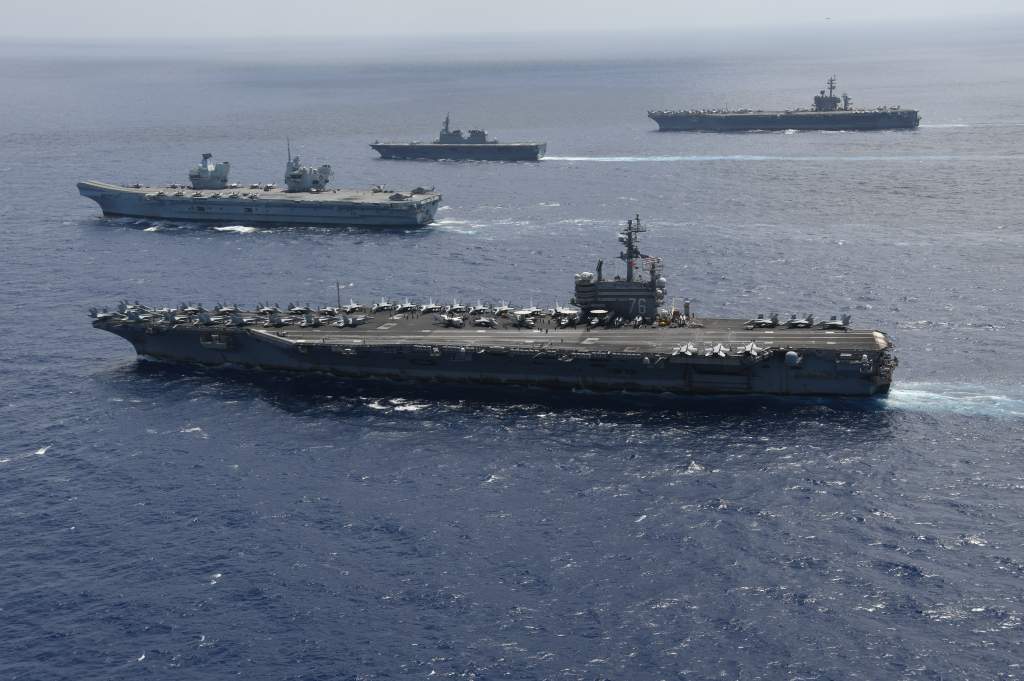
In numerous ways, the exercise was a watershed moment. The Japanese have not had aircraft carriers since the conclusion of World War II. Their military has been on the defensive. During last weekend"s fighter jet demonstration, a US Marine F-35B landed aboard and took off from the helicopter ship JS Izumo, thereby transforming it into a fixed-wing aircraft carrier.
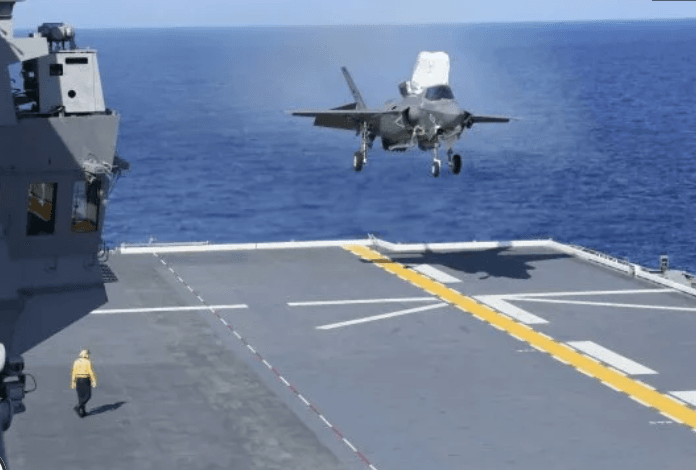
The drill also featured one of the Pacific"s largest groupings of aircraft carriers in decades.
For nearly two decades, the British have been mainly absent from the Pacific Ocean. They, too, returned to the sea.
However, China"s reaction to the drill indicates that they are willing to raise the stakes. They have sent military vessels to follow the movements of American and British aircraft carriers. On October 5, the US Navy"s Carl Vinson Carrier Strike Group and the Royal Navy"s Queen Elizabeth Carrier Strike Group can be seen near the west coast of the Philippines, according to a satellite image released on Tuesday.
The HMS Queen Elizabeth of the United Kingdom patrolled west of the Luzon Strait, which separates Taiwan and the Philippines, while the USS Carl Vinson was sailing north of the disputed Scarborough Shoal.
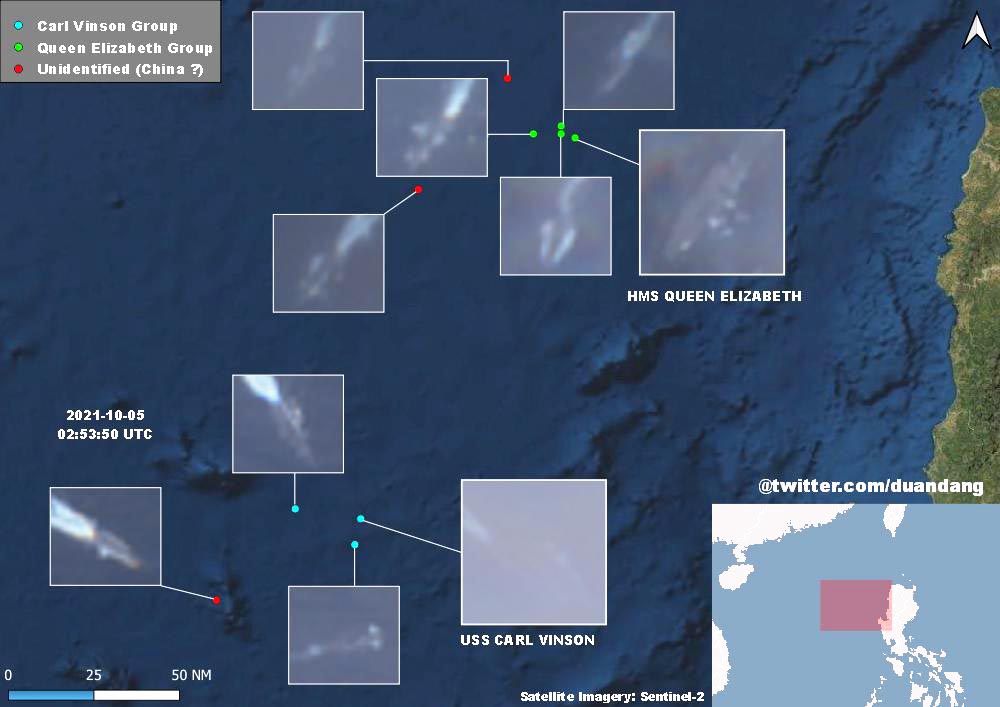
Both carrier groups were being watched from afar by "unidentified" vessels. The ships are most likely from the People"s Liberation Army Navy"s South Sea Fleet, operating in the South China Sea.
International media claimed late Thursday that a non-participating US nuclear submarine, the USS Connecticut, collided with an "unknown item" while submerged in the South China Sea over the weekend. It is possible to consider that it was a sunken vessel or container or another unidentified object.
During the drill, China"s People"s Liberation Army Air Force conducted a series of sorties into Taiwan"s air defence zone.
This display might follow the recent announcement of a security agreement (AUKUS) including the United States, the United Kingdom, and Australia, under which the latter will receive nuclear submarine technology.


